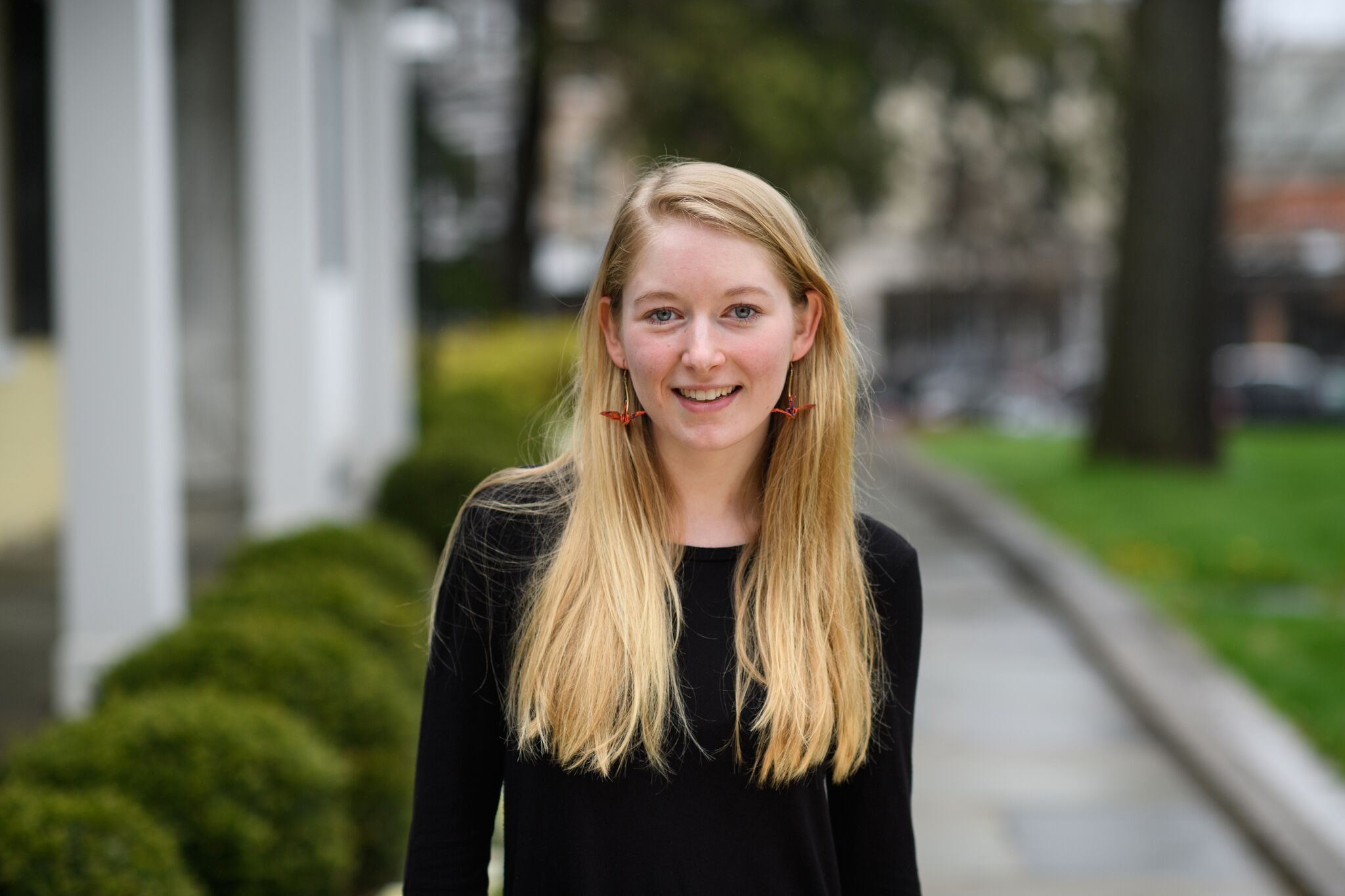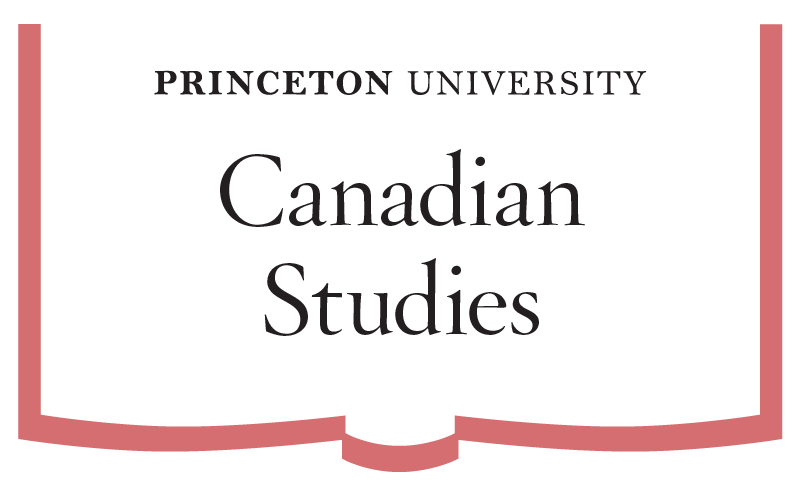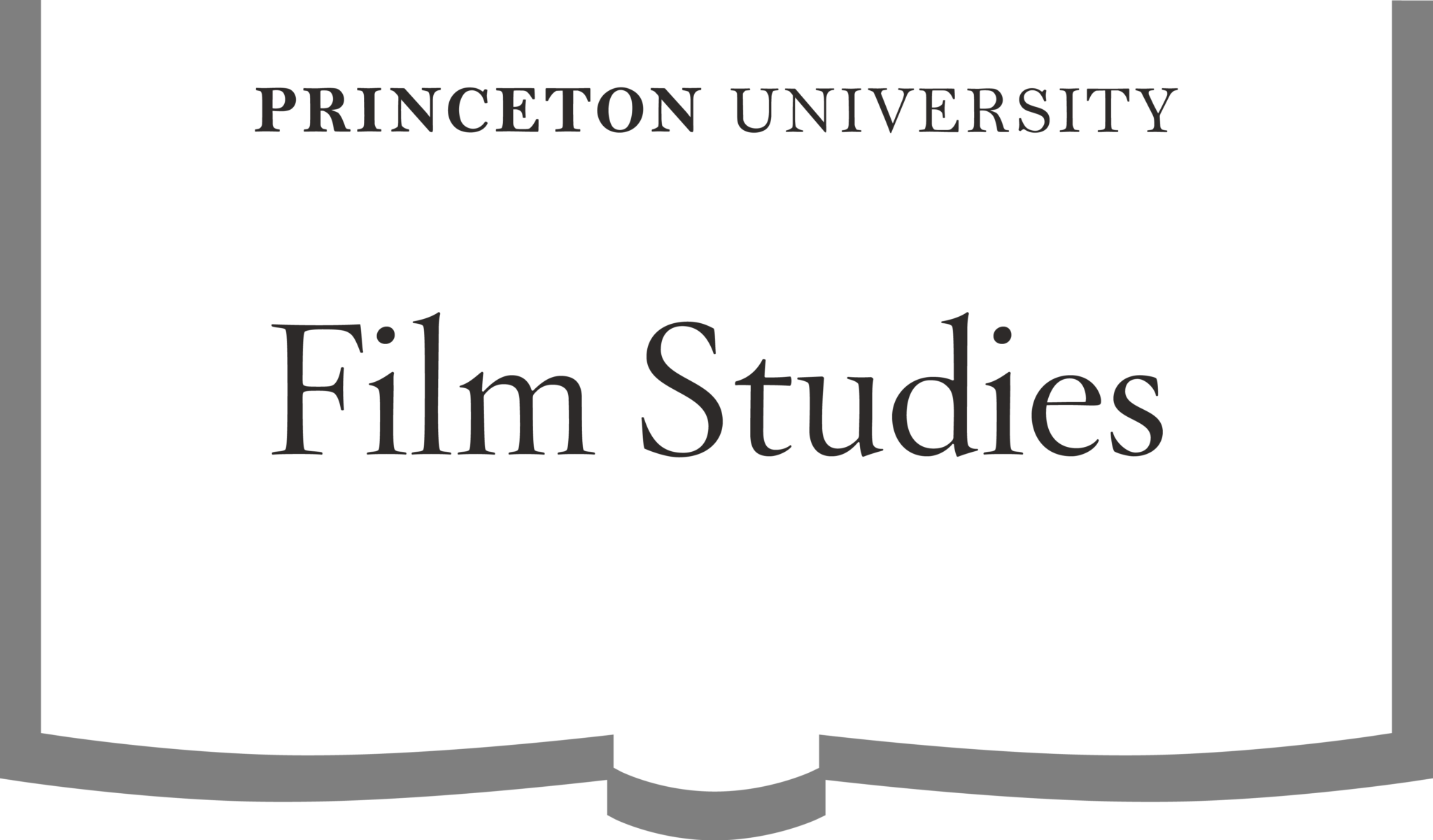I’m a History major with a certificate in Gender and Sexuality Studies as well as American Studies.
Role(s) held in the Humanistic Studies Program:
Certificate Student, Behrman Society
Activities on campus:
Princeton Students for Gender Equality, Princeton Students for Reproductive Justice, USG Menstrual Products Team, Women*s Center Advisory Committee, Princeton Advocates for Justice, Behrman Society, Research Assistant in Politics Department
Honors:
Shapiro Prize, Haarlow Prize, Elmer Adler Undergraduate Book Collecting Prize (3rd place)
Why I decided to study the humanities:
I have known for a long time that I wanted to study the humanities and when the little HUM brochure came in the mail before I started at Princeton, it struck me as the perfect way to begin my college education. Interdisciplinarity is crucial to the way I learn and think, and the humanities allow for creative interchange of disciplines and ideas in a way not all fields do.
What I have gained from the humanities:
The humanities have laid a solid foundation for everything else I do by strengthening my close reading, my writing, my passion for inquiry and learning, and — most importantly — my sense of empathy.
Independent work:
My senior thesis looks at the process of translation and adaptation of feminist health “bible” Our Bodies, Ourselves into Spanish – initially for a U.S. Latina audience, but then for a Latin American audience as interest in the book spread rapidly across the globe. Through archival research and oral history interviews, I will consider how women’s health needs and conceptions of their bodies and their selves were similar and divergent across national and ethnic borders.
HUM Sequence fall break trip:
I went on the HUM trip to Rome in 2016, led by Professor Feeney and Professor Rigolio, and had a wonderful time. My independent work looked at the statue of St. Cecilia by Stefano Maderno in the church of Santa Cecilia in Trastevere, which the sculptor swears (in a signed statement on the floor of the church) to be a completely true representation of what the saint looked like when her tomb was opened centuries after her death and she was found to be “incorrupt” (not decomposed). I considered what it meant that this idealized neoclassical/baroque sculpture had displaced her actual physical remains and taken prominence as the most holy representation of her, right at the altar of the church.













